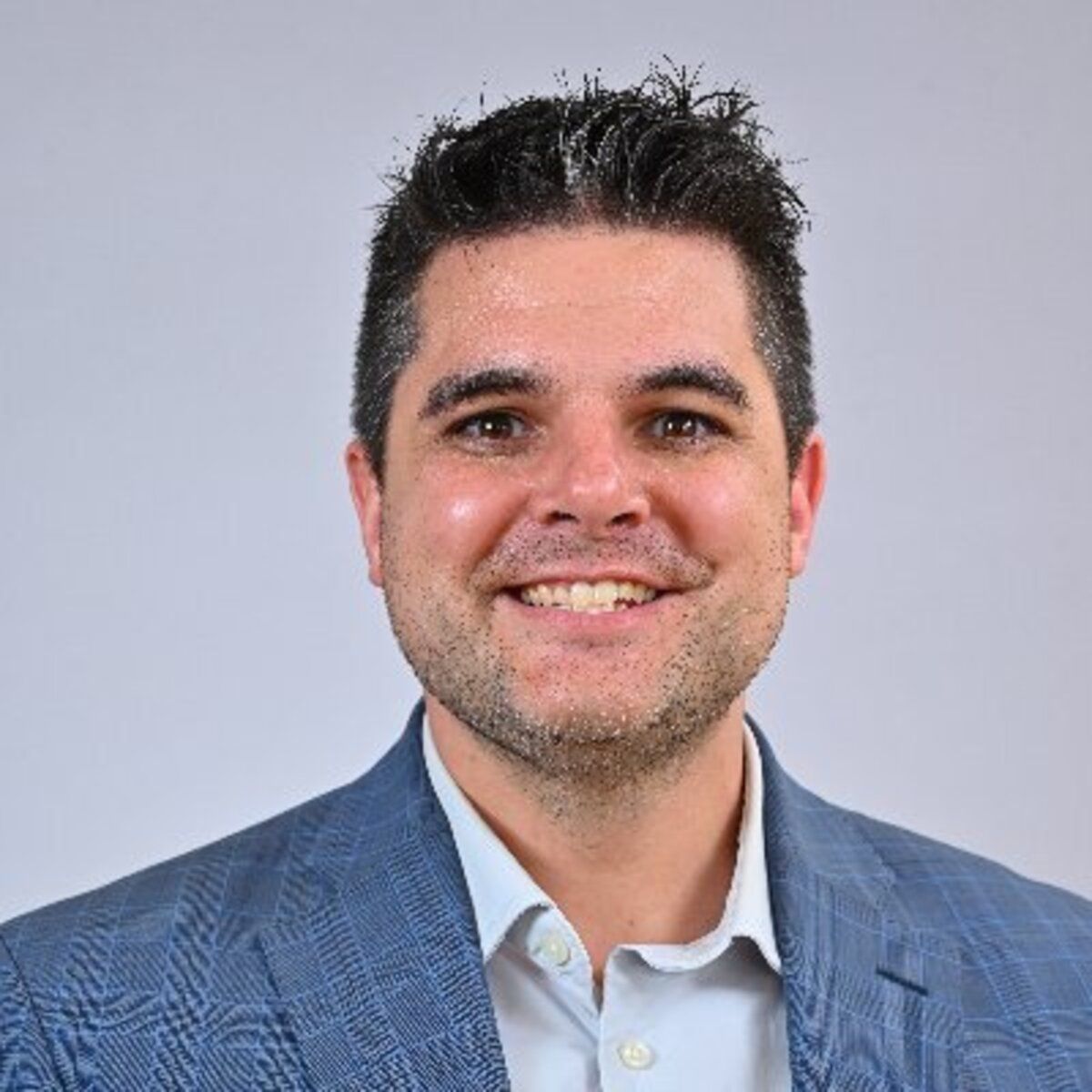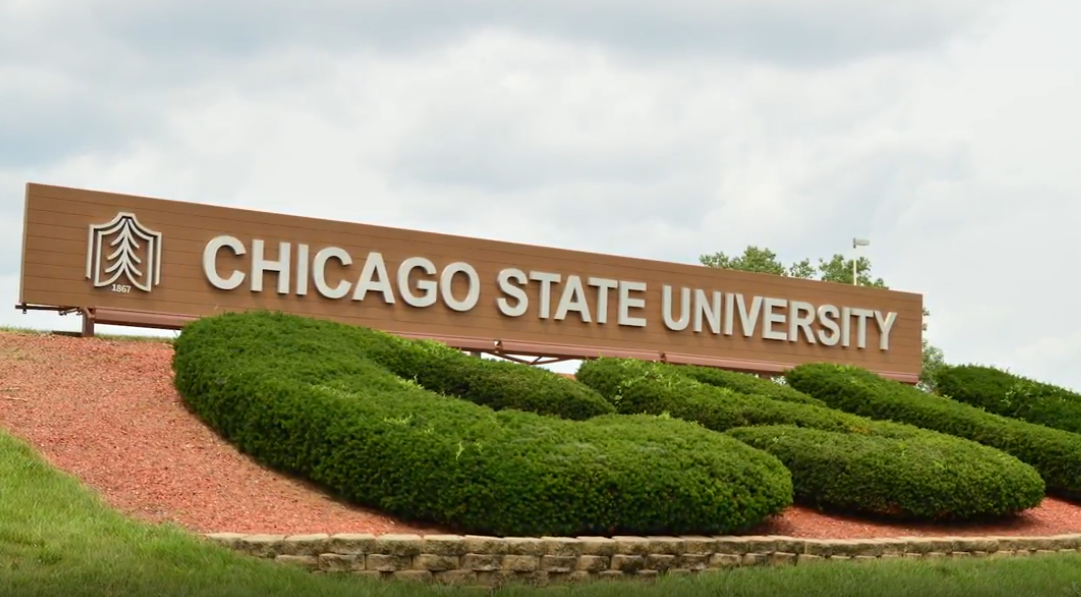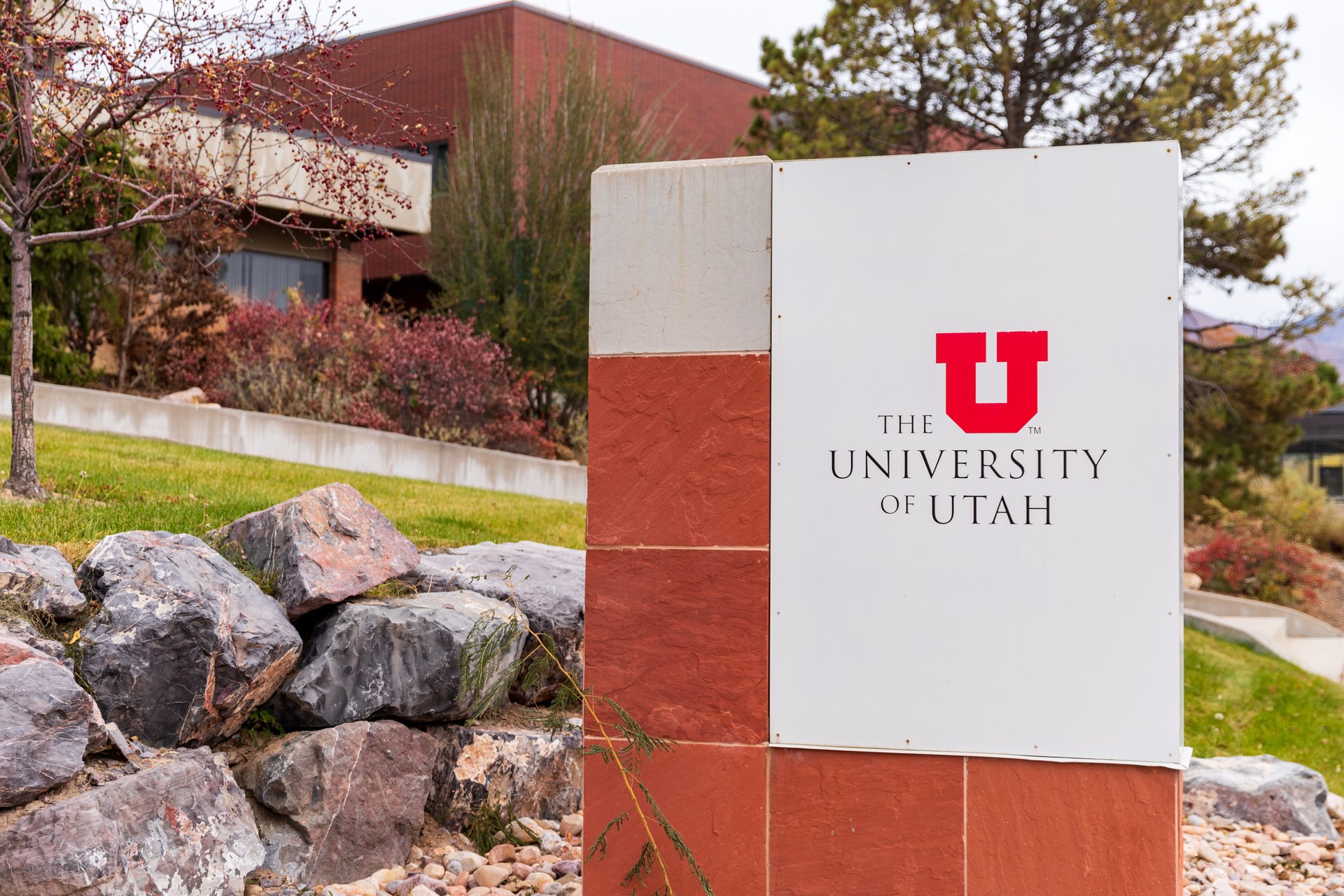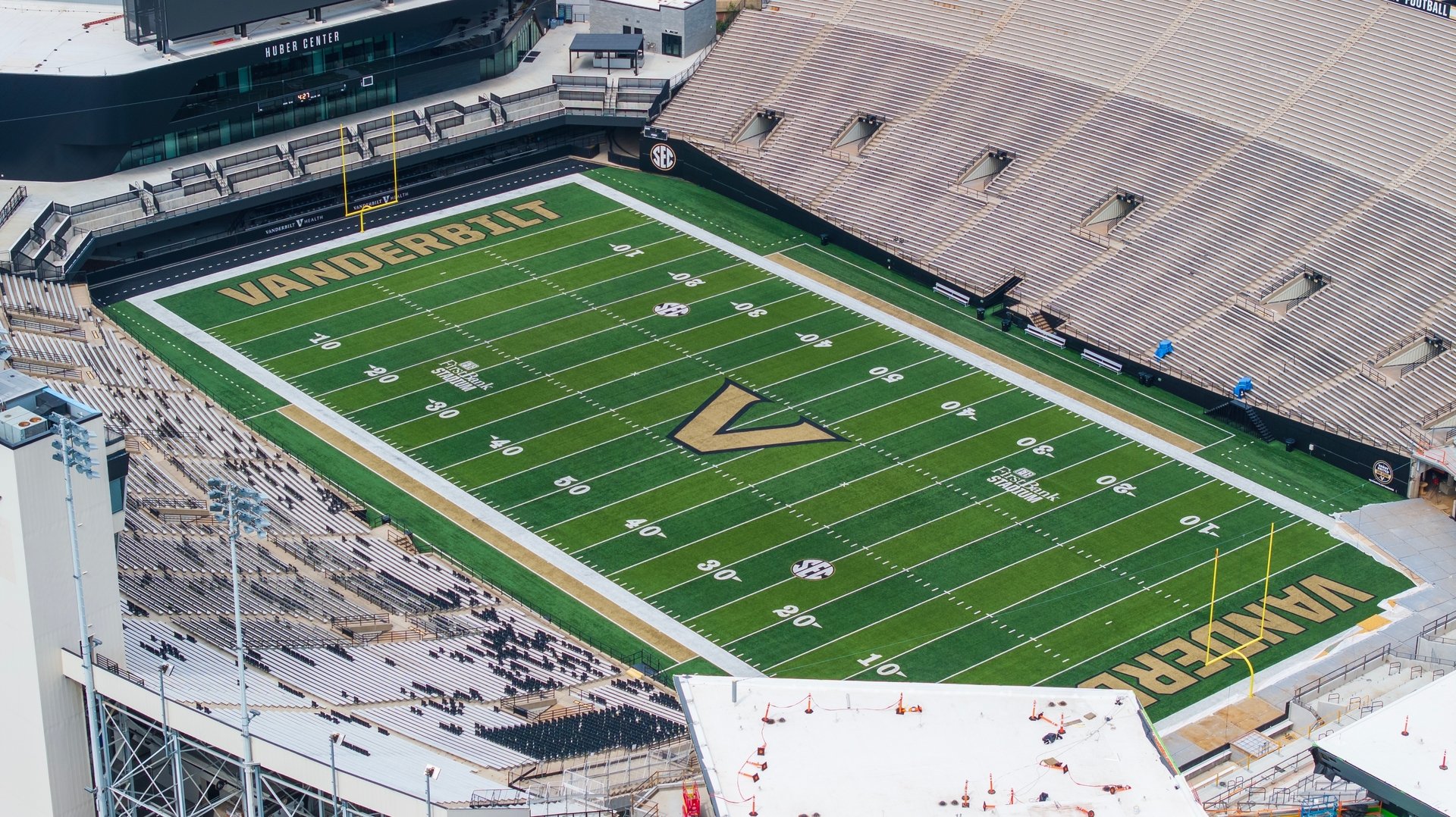Good morning, and thanks for spending part of your day with Extra Points.
I have a guest voice I’m really excited to share with you today, but I have a few housekeeping notes I want to share real quick.
First, we’re conducting a brief audience survey right now. We want to make an Extra Points subscription as valuable as possible, and we’d love your thoughts on a few proposals we’re considering. Filling out this Google Form would be VERY helpful for us, whether you’re a longtime premium subscriber or just found out about the newsletter last week.
Second, I want to share a quick message from one of today’s sponsors, FanBox:
You already know how to reach your fans once they step into your arena. But how are you building great experiences the rest of the year?
The folks at Fanbox believe they have a solution: partnering with athletic departments to create unforgettable experiences that keep alumni and fans engaged beyond game day. From exclusive collectibles and content to limited edition merchandise and perks, Fanbox is building new revenue streams that support your athletes, programs and alumni relations. Fanbox already has build experiences for UNC, Ohio State and Texas fans, with more schools joining soon.
Read more about how Fanbox is helping schools take fan experience beyond the stadium. Check out Fanbox today.
Today, I’m happy to pass the mic to Dr. Rob Ramseyer, the athletic director at Friends University, an NAIA school in Wichita, Kansas. Many readers have asked for more coverage and analysis of major college sports issues from the perspective of small colleges. I agree! And who better to provide that than somebody who is in the trenches every day?
Dr.Ramseyer’s words are below:
College athletics is in the midst of a seismic shift. National headlines are dominated by debates over open transfers, NIL, athlete compensation, expanded eligibility and skyrocketing financial investments. These are real issues — but primarily for a small fraction of institutions.
Roughly 350 of the more than 1,800 schools sponsoring intercollegiate athletics are NCAA Division I. That’s less than 20 percent. And not even all of them are opting into the House settlement, which allows schools to share revenue with athletes to resolve ongoing antitrust litigation. In July, the College Sports Commission reported that 310 schools had opted in — which is about 17 percent of all schools fielding teams.
Yet that 17 percent is driving 100 percent of the conversation.
That is where the money and media attention are concentrated. I understand that. But what about the other 83 percent?
Smaller colleges, like Friends University, where I’ve worked for eight years as the vice president of athletics and strategic expansion, experience college athletics differently. Here's how the current hot-button issues actually play out for us, as an NAIA school in Wichita, Kansas, competing in the Kansas Collegiate Athletic Conference:
Open transfers for athletes: Our schools have always allowed relatively open transfer movement (with some restrictions on in-conference transfer). Despite that, our student-athlete retention at Friends University has actually improved by almost 5 percent, to nearly 73 percent, in the post-covid years — because we focus on relationships and fit, not just winning and money. In fact, many athletes who do not remain in their sports stay at Friends to complete their degrees.
Paying athletes: Our institutions operate on break-even budgets. Most of our student-athletes pay part of their tuition. The economics are fundamentally different. Our athletes have a primary motivation of developing their athletic skills and benefitting from the incredible experience of teamwork and personal growth that results from being part of something bigger than themselves.
NIL: Though few of our athletes have large platforms, we believe in their right to earn. When it happens here, it’s usually student-driven, creative, relatively small and grounded in their hard work. Our student-athletes who have done NIL deals are mostly marketing products on social media.
Escalating financial arms races: Educational institutions of our size feel the pressure too — but our investments go toward student support, not luxury amenities or inflated contracts.
Eligibility pressure: Calls for extended eligibility at the top level are largely NIL-motivated. Our focus remains on helping students graduate in four years and contribute to society with productive careers — especially when the national conversation around student debt is louder than ever.
Library Announcement: 2024 Financials by Sport are Live
And finally, today was a big day for Extra Points Library. Users have been able to browse and download school-specific itemized budget reports for months. But today, users can now sort that financial data by sport and by line item. So if you want to know which D1 public schools reported the most ticket revenue from women’s volleyball, and I hop in, and bleep bloop, it’ll tell me it was Nebraska (duh), followed by Wisconsin, Hawaii, Minnesota, and Texas.

EPL access starts at $200/mo, but we offer bulk discounts for athletic conferences, newsrooms, libraries, academic units, and more.
Check out Library.ExtraPointsMB.com for more info.
The issues of the 17 percent should not overshadow the realities of the 83 percent.
We stay informed. We watch the national trends. Unlike the issues at the 17 percent of educational institutions that opted into House, our daily conversations are centered on the issues that positively and directly affect our campuses and students:
Institutional health: The “demographic cliff” is real. College enrollments are shrinking due to plummeting birth rates from the 2008 financial crisis. While flagship universities may endure, many smaller institutions are facing existential threats.
Sustainable athletics models: We can't outspend or out-recruit the big schools. We must build lean, mission-aligned athletic departments that support enrollment and institutional goals.
Competitive differentiation: Smaller colleges like ours must clearly differentiate the experience we offer and highlight the advantages and our focus on graduating economically productive students through close relationships with faculty that produce research, programs like our Center for Enterprise and Community Engagement and broad based internship experiences with companies like Koch Industries, Via Christi, Cargill, and many more.
The student-athlete experience: Our aim is simple but ambitious: create meaningful experiences that lead to growth, graduation and purpose-filled lives.
Our mission and that of most other smaller universities isn’t to copy the Power Five. It’s to educate, support and launch young people into the world. That’s where our focus is. That’s where our future is. And it is our hope that all who value education and athletics will support that critically important mission.
Dr. Rob Ramseyer is the vice president of athletics and strategic expansion at Friends University in Wichita, Kansas.
Here are some other cool things we’ve written recently
I reached out to folks at the Delaware athletic department to understand how the program prepared for the spike in attention that comes from being an “FBS Expansion Team” in EA Sports College Football 26. They set up a contest for a fan who wins the national title with the Blue Hens…and they’ve got over 200 submissions from all over the country.
I also talked with ASUN Commissioner Jeff Bacon to get more specifics about what a UAC/ASUN partnership actually looks like in real life…and how that partnership shapes realignment and business conversations.
A former Department of Labor attorney for the Biden, Obama and Trump administrations explained why he thinks the Trump EO on college sports matters, even if the President doesn’t have the authority to make antitrust problems go away for the NCAA.
And oh yeah. WE’RE DOING THE EXTRA POINTS BOWL AGAIN. November 22nd, 2025. Mark your calendars now!
I also have reported stories coming out next week on the NIL industry in the rev-share era, how to make athlete-driven content not suck, and much, much more.
I can spend time building Extra Points Library, interviewing commissioners, paying for freelancers and sponsor bowl games because of your subscription support. We love our ad partners, and advertising has never been more important to the health of our business, but it is the money from subscriptions that really keeps the lights on.
If you enjoy what we do and want to support it, consider upgrading to a paid subscription today. You get all our newsletters, Athletic Director Simulator 4000, and all sorts of other goodies.
Thanks for reading. I’m headed to North Carolina this morning for a buddy’s wedding, but I’ll be back in Chicago on Sunday night. Have a great weekend, and I’ll see you on the internet.



















